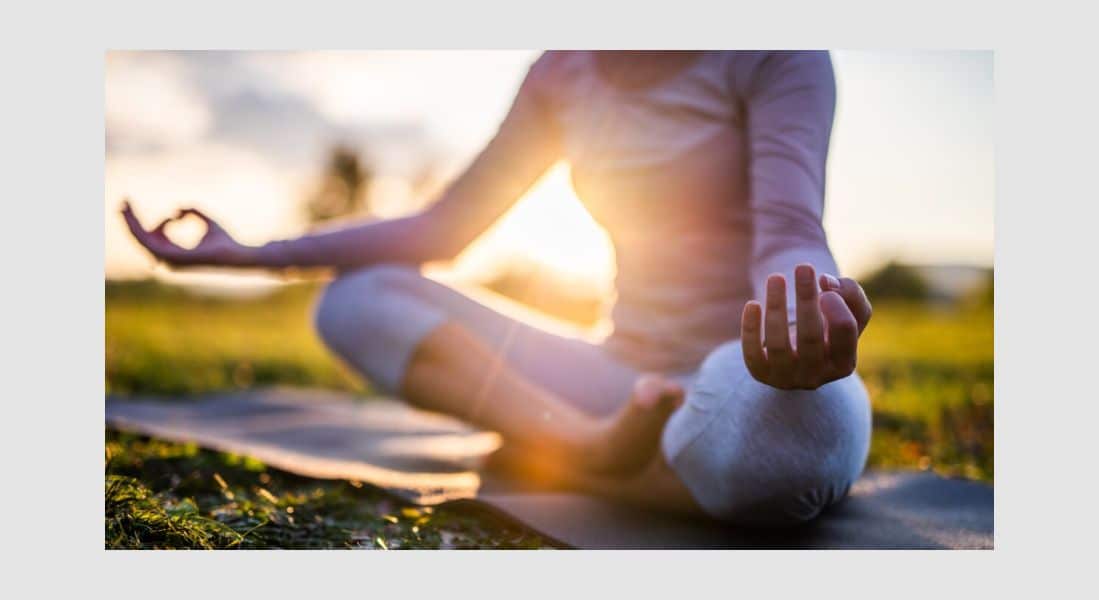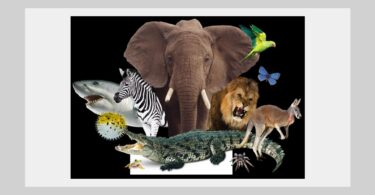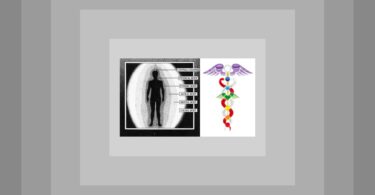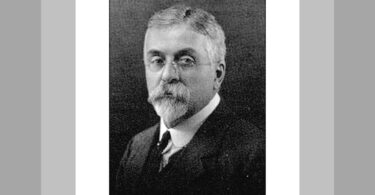According to recent neuropsychological findings, our senses are stimulated every second with over 600 billion pieces of information. The human brain is, however, capable of noticing and organizing a mere 2000 bits per second. Given that array of sights, kinesthetic inputs, auditory delights, smells and tastes isn’t it amazing that any 2 humans experience anything in common? The fact that we do not operate as our own individual planets, that we can actually join in and form community with like-minded others is, from a neurological point of view, amazing.
Teleosis School of Homeopathy was transplanted to Boston from New York in 2003. Joel Kreisberg, the founder of Teleosis had nurtured the spirit of community in Teleosis New York, through an education process that asked people to bring their best selves to the learning environment, engage in active learning and share the other life skills they brought with them to homeopathy. So it was natural that Teleosis Boston would have a strong commitment to developing community, not just in the classroom, but also in the local homeopathic community. This continues in many ways — inviting local homeopaths to come and talk to classes about their practice, their taking a live case in the student clinic to share their talents, and the annual alumni weekend with a guest lecturer followed by an evening dinner hosted by the school where alums from NY, Teleosis Boston students past and present and local and visiting homeopaths can meet and network.
With such a strong emphasis on community-building, it did not take long for this sense of community to extend beyond homeopaths. In a recent issue of Homeopathy Today (Oct 2008), we described the development of a homeopathic treatment clinic at Women’s Circle, a local substance abuse treatment facility. This clinic emerged out of the advocacy of a Teleosis student who was also a substance abuse counselor, seeing the opportunity to bring a homeopathic clinic right into the heart of the “action.” That was in 2006; and now 3 years later, we have seen impressive results with a 50% plus increase in ability to complete the drug treatment program for women who used homeopathy in their drug recovery. The experience has been wonderful with women, many of them living without alcohol and drugs in their systems for the first time in years, blossoming, regaining their children and getting on with a drug-free life.
A further outgrowth of the Women’s Clinic has been a project called THE SIDEWALK SCHOOL. Many of the clients and staff of the drug programs were so encouraged by the results homeopathy brought into their lives, they started to ask where family and friends could get treated. As we looked around the urban landscape of Boston, we found neighborhoods with inferior supermarkets, no bookstores and certainly no health food stores. It was also startling to see at the National Center for Homeopathy Conference in Rhode Island in 2008, only 3-4 people of color in the audiences or as presenters. It was clear that there was a whole new, perhaps large, underserved population who would value access to a natural, safe, low-cost, non-invasive method to maintain and enhance health.
The authors spent the better part of a year doing community outreach to develop local public awareness, secure a donated space, develop a 501c3 nonprofit status for donations, identify staff and build a clinic process. In January of 2009, THE SIDEWALK SCHOOL opened its doors offering monthly, low cost homeopathic consultation, and community education on self-care through homeopathy.
What we envision for the future is a holistic center where homeopathy, acupuncture, Reiki and other modalities can be offered at reasonable cost to the local residents; community education can be offered; and advanced students of homeopathy can see clients and learn while working side by side with CCH trained homeopaths.
There is an old Irish proverb “enough is a banquet.” The experience of the authors in engaging in these projects has been that of putting together an endeavor on a shoestring and finding the trail of string leading to riches. A tug on the string has brought forth a shower of surprises, much like the breaking of a piñata. All the people who have helped and who are still coming forth are too numerous to name, but we know and appreciate each and every one. In closing, we would like to thank publicly one supporter, who has gone to his own reward. Michael Quinn of Hahnemann Labs donated a 150 remedy kit for THE SIDEWALK SCHOOL. May this kind gesture, just before his death, be remembered by all those helped by these remedies.
If readers would like to contribute to the Sidewalk School, tax-deductible donations may be made out to SOTM/The Sidewalk, c/o Loretta Butehorn, 345 Neponset Ave., Boston, MA 02122.
—————————
Loretta Butehorn PhD CCH is a psychologist and homeopath, faculty member of Teleosis School of Homeopathy.
Peris Gumz RN CCH is a homeopath and faculty member of Teleosis School of Homeopathy.
Nia Imani is a student at Teleosis School of Homeopathy.
All three authors are founders of THE SIDEWALK SCHOOL.
The article on their work at Women’s Circle was previously published in Homeopathy Today and is provided courtesy of the National Center for Homeopathy. www.nationalcenterforhomeopathy.com




